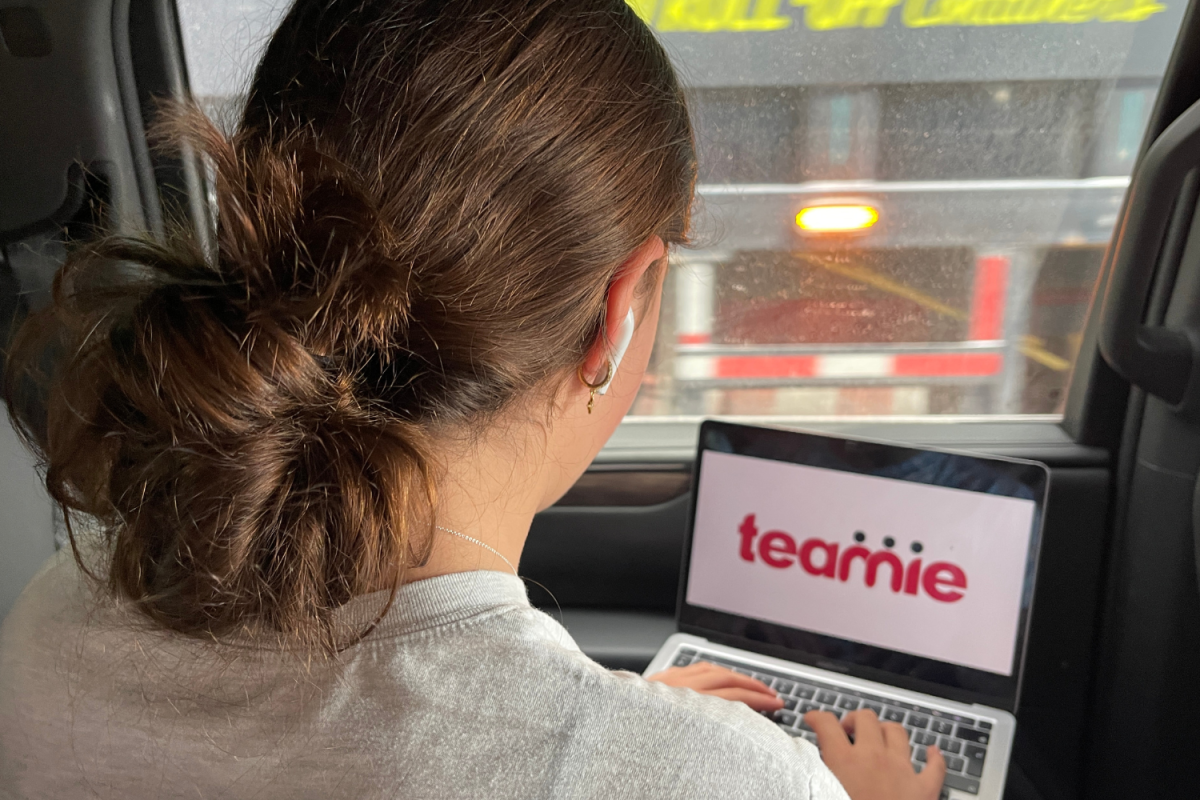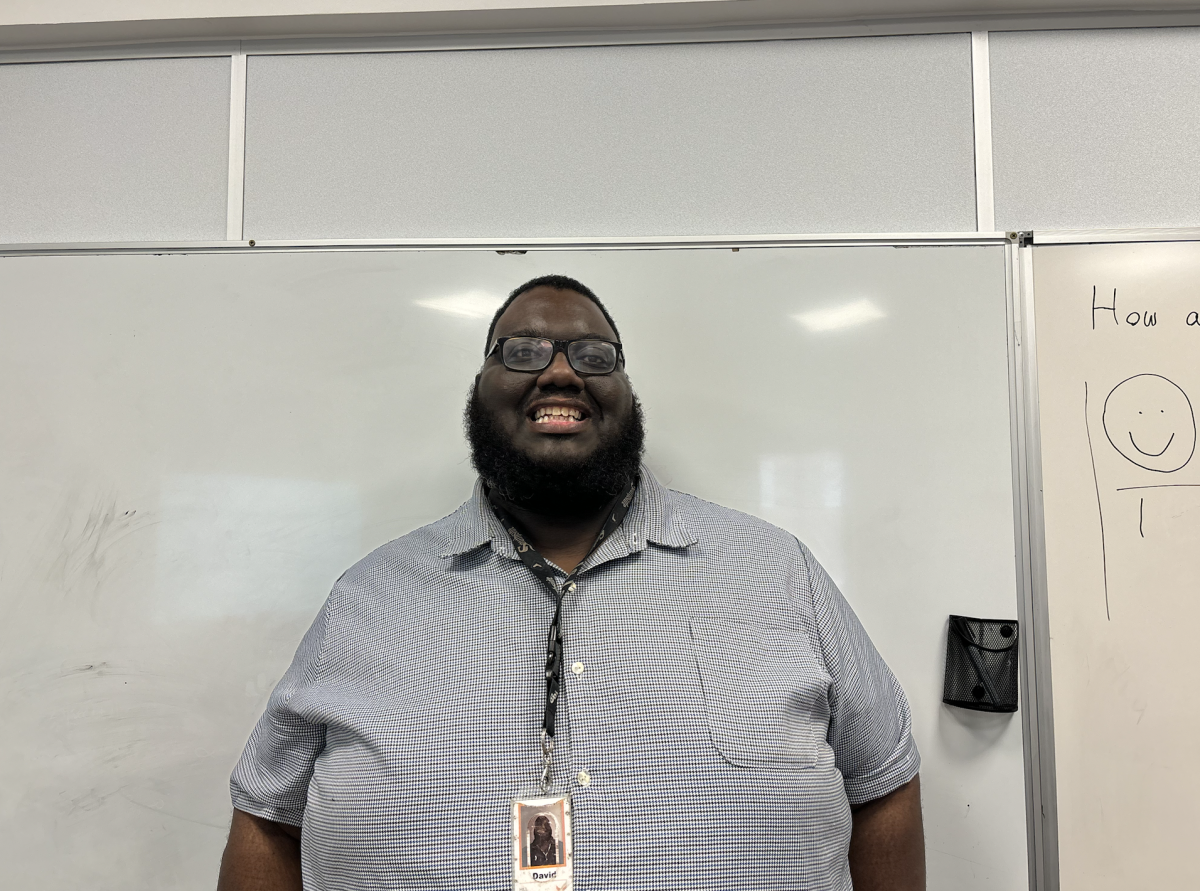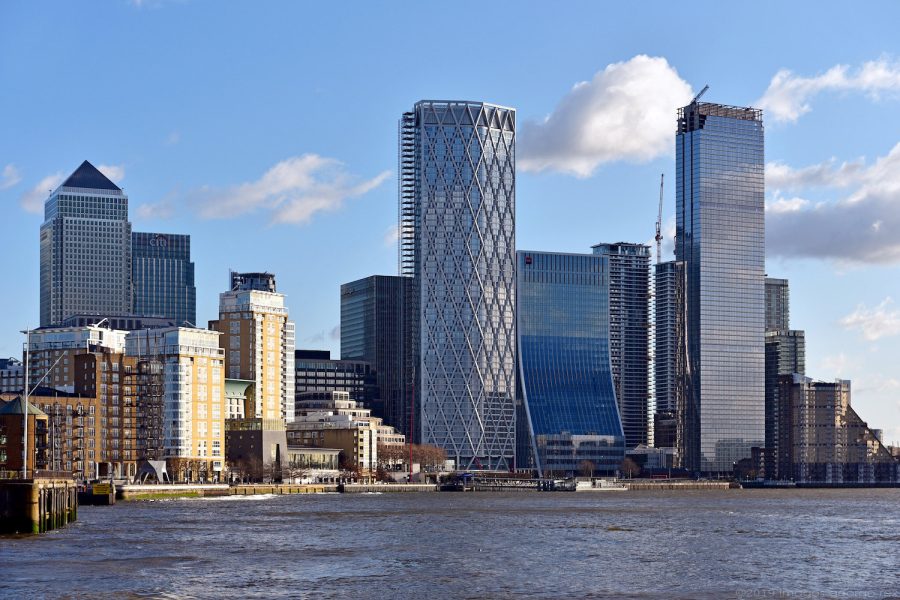WasteShark is a water-based cleaning robot deployed in the River Thames March 18. The fully autonomous drone uses artificial intelligence to navigate through the water, collecting plastic and other types of debris along the way, according to the WWF. According to The Evening Standard, the battery-powered robot can gather up to 500 kilograms of floating plastic per day, the equivalent of 22,700 plastic bottles, while navigating five kilometers of water.
Tessa Nussenbaum (’26), a member of the Sustainability Council, said the WasteShark is a much-needed solution to the problem of plastic pollution in the River Thames.
“Plastic pollution is a major problem in the River Thames,” Nussenbaum said. “It’s important that we take action to prevent it from getting worse.”
According to a recent report conducted by Thames 21, the River Thames is one of the most plastic-polluted waterways in the world. The report found that there are over 300 pieces of plastic per square meter in parts of the river, which is significantly higher than the average in other U.K. waterways.
Technology Office Advisor Dennis Njenga said he passes the River Thames regularly and witnessed firsthand the amount of plastic waste that accumulates in the water. Furthermore, Njenga said the new technology is promising.
“Especially where I live, the Thames is quite dirty,” Njenga said. “So, it’s great to know that there is technology out there that can benefit it environmentally.”
It’s important that we take action to prevent it from getting worse.
— Tessa Nussenbaum (’26)
Likewise, Sustainability Council Advisor Mariam Mathew said the new technology is a reminder that humans must take responsibility for their actions.
“A few years ago, I cleaned up plastic in Paddington basin,” Mathew said. “It was really disgusting and you ask yourself ‘how is this happening constantly?’ The thing is, the problem really starts on land where people litter.”
Moreover, Mathew said while the new technology will clean up the current plastic pollution in the river, people must be more conscious of eliminating their plastic waste.
“Using AI technology to clean the Thames does tackle the immediate problem of plastic pollution, but people also have to think beyond that, too,” Mathew said. “We must think of ways to eliminate plastic getting into the river in the first place.”
Despite the large issue of plastic pollution, Nussenbaum said the deployment of WaterShark has inspired her to make more sustainable choices.
“It’s great to see that we can use technology to make a positive impact on our environment,” Nussenbaum said. “I’ve been inspired to reduce my own plastic use, and I hope others will be too.”
We must think of ways to eliminate plastic getting into the river in the first place.
— Sustainability Council Advisor Mariam Mathew
Similarly, Njenga said he appreciates the efforts being made to protect the environment and believes that technology will help us in achieving a more sustainable city.
“It’s really nice to see these new innovations, especially this robot,” Njenga said. “It shows that technology has a role in building a more sustainable and environmentally-friendly life.”
Overall, Nussenbaum said WaterShark is an example of how technology can be used to address environmental problems.
“It is encouraging to see people finding new ways to protect our natural environment,” Nussenbaum said. “With technology like WaterShark, hopefully, we can have a cleaner, healthier city.”





